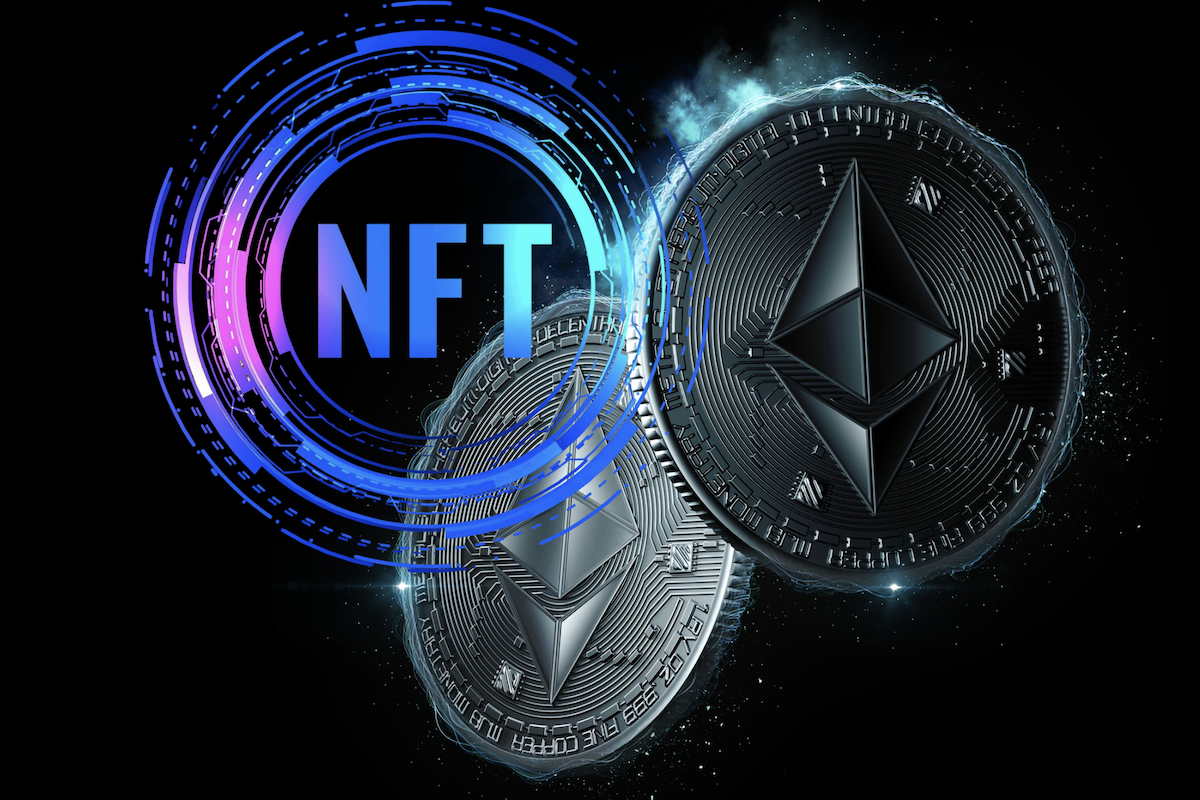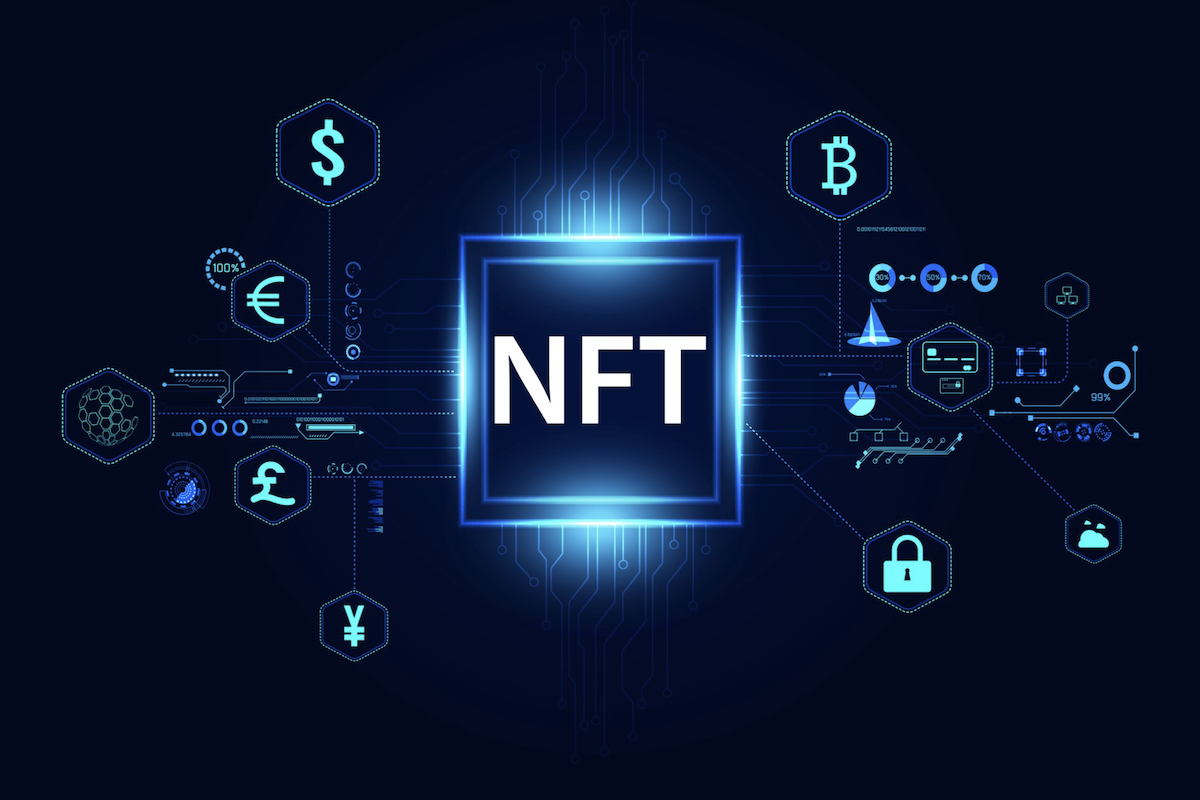NFTs or non-fungible tokens have become quite popular this year.
Professional athletes like NBA superstar Lebron James and former heavyweight boxing champ Mike Tyson have expressed an interest in this nascent space by either minting their own NFTs (directly or indirectly) and by simply asking questions via social media about these unique digital collectibles.
NFT tech, which is primarily based on blockchain or distributed ledger technology (DLT), aims to ensure that every non-fungible token is provably unique, meaning that there should be no other virtual item like it in the market. This is one of the main value propositions of these highly popular cryptocurrency tokens.
NFTs are also arguably better than traditional (physical) collectibles because they can be easily traded, purchased, sold, or even rented through high-performing online marketplaces. Although many people have been critical of NFTs and their dramatic rise, it’s clear to industry experts or analysts that they do provide real value.
For instance, NFT technology is able to prove that a particular digital item is truly one-of-a-kind. NFTs also provide far more utility than physical collectibles because they can become part of a productive economic system where investors can trade, borrow, lend, or even staking their digital assets.
Providing an Accessible Marketplace for Buying, Selling, Trading, Renting NFTs
The Hoard Marketplace enables users to trade, purchase, sell, loan, or rent non-fungible tokens (NFTs), including domain names, digital art, and in-game items. Hoard aims to assist software developers by providing the infrastructure required to effectively integrate game items with the Ethereum (ETH) blockchain. Users are able to take advantage of an intuitive, developer-player interaction and discover truly unique NFTs.
Hoard was first introduced in 2018. One of the platform founders (Imapp) reportedly owns 95% of the initiative. The firm had owned 10% of Hoard after it was initially founded. The Hoard professional team will offer a platform based on the DAO (decentralized autonomous organization) model so that they can become the true owners of their assets and trading activity.
HRD is the project’s native crypto token. The total supply has been algorithmically capped at 1 billion, with 48% of the outstanding tokens to be distributed to community members. Token holders are able to seamlessly transact, stake to receive rewards, and enter their votes.
On decentralized exchanges (DEXes), token holders may choose to serve as HRD liquidity providers. A token sale and staking (unless the community does not want to) are expected to be the initial sources of income.
The Hoard team has introduced its NFT marketplace for trading, renting, and lending. Notably, it
became the very first initiative in Denmark to acquire regulatory approval from the Danish Financial Authority for conducting the HRD token sale.
Hoard Marketplace Devs Aim to Offer Affordable Fees, Seamless UX,
The HRD token has also been listed on the Estonian P2PB2B exchange
Radosław Zagórowicz, the project’s Co-founder and CEO, has served as a Board member at Imapp, mainly focusing on crypto and blockchain or DLT-related IT services. He has previous professional experience working as an application developer at Lightcraft and Samsung.
Zagórowicz has also served as a team leader and software engineer at the Institute for Structural Research in Warsaw Poland and possesses a Master’s Degree in Applied Mathematics from the University of Warsaw. He’s also a co-founder of the idea behind the Golem Network.
As explained by its developers, Hoard aims to differentiate itself from other platforms offering somewhat similar services by providing more affordable fees, along with special benefits for token holders.
Hoard’s management says that they want to provide a seamless UX experience and will be working on adding an L2 solution. They will also offer innovative Marketplace functionalities
Hoard is also interested in entering the traditional gaming sector, however, this isn’t an immediate focus area for the platform.
Hoard provides Lender, Borrower and Staker services. Borrowers are able to use NFTs as a form of collateral in order to apply for a loan. These loans get paid off based on certain parameters specified by the lender, who lends assets after selecting a submission they like.
Those traders and investors who may hold stablecoins and want to earn profits may become a lender on the Hoard platform. Through the Hoard Marketplace, lenders can have their money “work for them” and offer key opportunities to obtain an NFT they want (in case there’s a foreclosure). The lender should get the NFT used as a form of collateral once a loan isn’t repaid on time.
Hoard users who might own ERC-20 and ERC-721 crypto tokens and want to earn greater returns may leverage their digital assets as collateral. Borrowers may deposit their NFT into the Marketplace protocol and specify a minimum loan value. Should a borrower decide to repay a loan prior to the actual due date, then any funds increased due to interest go directly to the lender’s account. The NFT used as collateral is moved over to the borrower.
Users looking to invest into HRD and benefit from financial returns may choose to stake. Staking fees get paid on crypto tokens with strong liquidity such as stablecoins.





